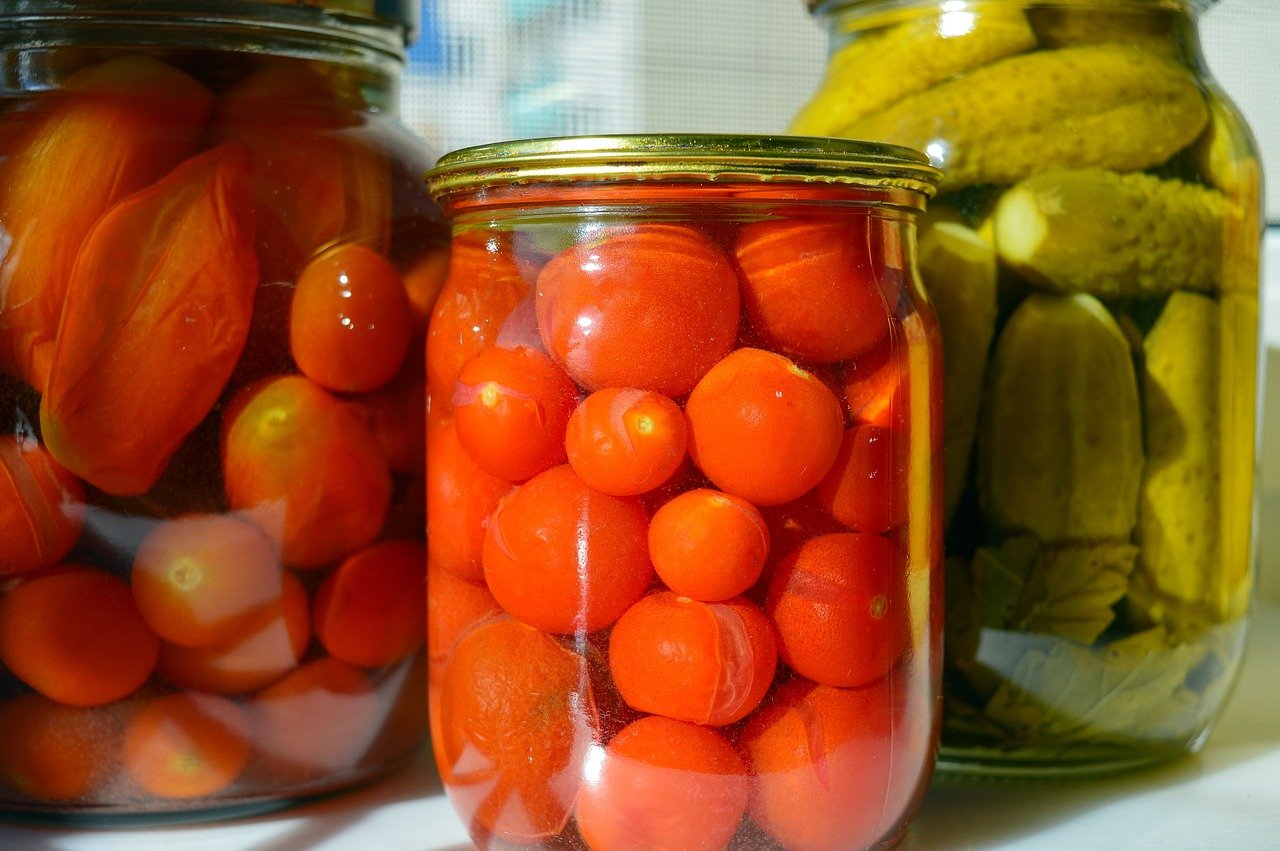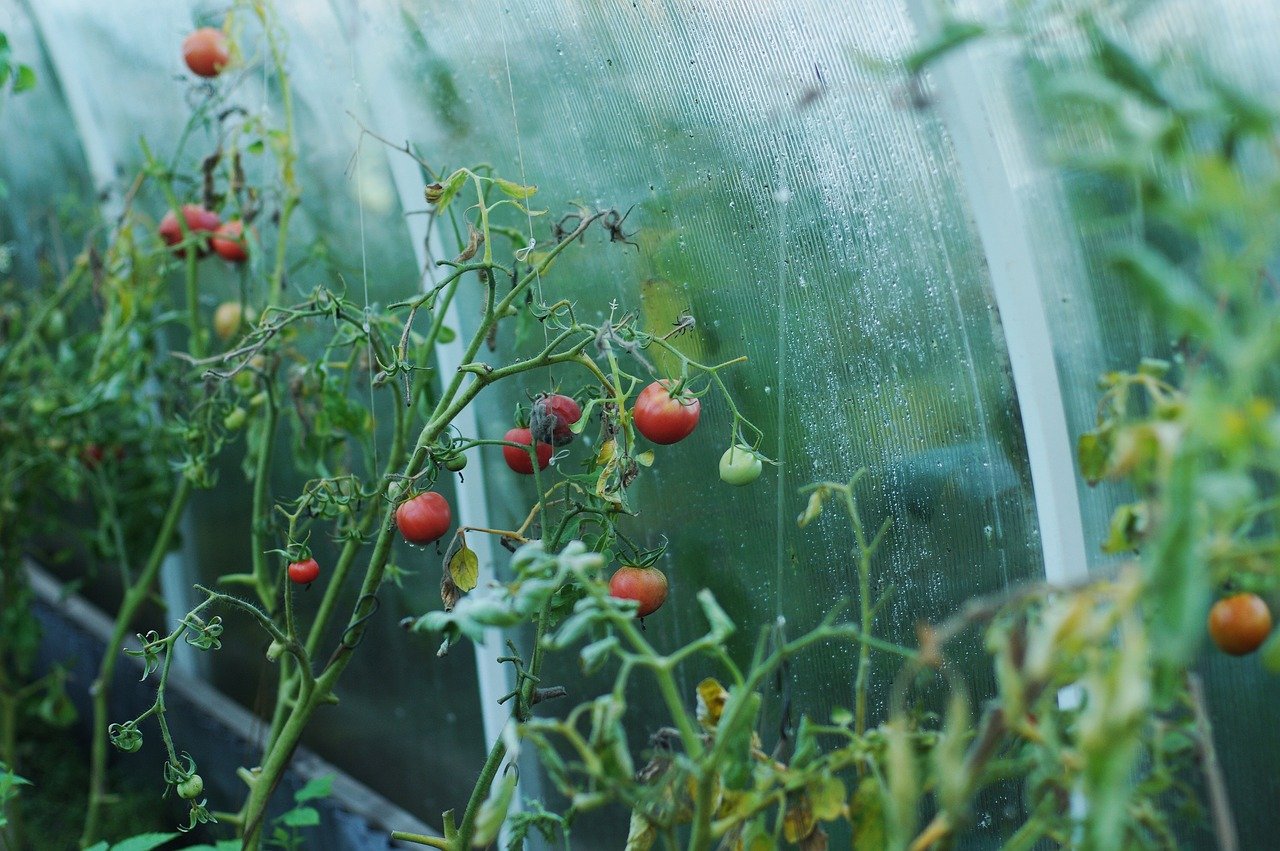
Intro
We’ve all heard of the versatility of the Instant Pot and its magic in the kitchen. But did you know that you can also use it for canning? Yes, that’s right! Instant Pot Canning is a modern twist to the age-old practice of preserving food. This post will guide you through this relatively new technique that has revolutionized the way we store our favorite dishes.
Understanding the Concept of Instant Pot Canning
Instant pot canning operates on the principle of pressure cooking, providing a method for food preservation, often in glass jars. This process leverages high temperatures that are detrimental to the survival of harmful microorganisms, preventing them from spoiling the food. In essence, what you’re creating is an airtight seal in your jars where common culprits like bacteria, yeast, and molds are unable to thrive. This absence of harmful organisms not only ensures the food remains unspoiled for a significant period, but it also retains the nutritional content and flavor of the food. Simply put, it’s a method that ensures freshness and quality of food preservation.
Essential Equipment for Instant Pot Canning

Before diving into the world of instant pot canning, it is necessary to ensure you have the right tools at your disposal. Undoubtedly, the star of the show is the Instant Pot itself. These come in various sizes, so be sure to select one that aligns with your canning needs.
In addition to the pot, you’ll require glass canning jars. Each jar should have a two-part lid system, including a flat lid and a screw band. This mechanism helps to create the airtight seal crucial for the preservation process.
A jar lifter is another essential tool, aiding in the safe removal of hot jars from the pot. In a similar vein, a canning rack is needed to securely hold the jars during the canning process, preventing them from touching the bottom of the pot, which could lead to breakage.
Lastly, consider investing in a magnetic lid lifter. This tool is not a requirement, but it can significantly simplify the process of retrieving lids from boiling water, reducing the risk of burns.
Equipped with these tools, you’re ready to start your journey into the rewarding practice of instant pot canning.
Choosing the Right Foods for Canning

When it comes to selecting the ideal ingredients for your instant pot canning endeavor, it’s crucial to know that not every type of food is well-suited to this preservation method. High-acid foods such as fruits, pickled items, and tomatoes tend to thrive in the canning environment, retaining their flavor and texture excellently over time.
On the other hand, low-acid foods like a majority of vegetables, meats, and seafood require more careful handling. These items necessitate a specialized process that a typical canning pot might not be equipped to handle. Pressure canning is the recommended approach for these kinds of foods. Therefore, while instant pot canning can handle a wide array of food types, it’s essential to be mindful of the limitations to ensure the best results and maintain food safety standards.
The Instant Pot Canning Process

The process of canning with an instant pot is simple yet meticulous. It begins with thorough cleaning and sterilization of your jars and lids to eliminate any potential contaminants. Once clean, these jars are then filled with the food items of your choice, but it’s important to leave a bit of space at the top, known as headspace. This gap plays a vital role in creating the vacuum seal required for successful preservation. Following this, the flat lid is positioned onto each jar, and the screw band is fastened securely but not overly tight.
The jars, now ready, are placed on the canning rack within the Instant Pot. Water is added, but it should not submerge the jars; it should only reach about halfway up. Subsequently, the pot is sealed, and the pressure-canning setting is selected.
The duration of the canning process is variable, largely depending on the type of food you are preserving. Some foods may only take 10 minutes, while others could require up to 100 minutes. Be patient, as rushing the process could compromise the quality and safety of your canned goods.
Finally, allow the Instant Pot to naturally release pressure once the timer is done. The jars should then be carefully removed with the jar lifter and left to cool undisturbed. The lids will seal as they cool, which may make a popping sound – a successful sign of the canning process. Once cooled, check the seals and store your jars appropriately. This process, when followed accurately, ensures that you have safely canned food ready to be enjoyed at a later time.
The Importance of Safety in Instant Pot Canning

Canning using an Instant Pot indeed offers an easy and efficient method for food preservation, but it should be approached with a safety-first mindset. The first line of defense is adhering to the manufacturer’s guidelines for the Instant Pot and other equipment used during the canning process. They are designed to help you avoid unnecessary accidents or mishandlings.
A considerable amount of caution is also required when dealing with the hot jars. A safe removal from the Instant Pot using a jar lifter is paramount to avoid burns. The cooling process should also be carefully monitored. Ensure that the jars are not disturbed until completely cooled, and the lids have sealed correctly. An improper seal can provide an entry point for bacteria, leading to the spoilage of your canned food.
Another point of focus in safe canning is the food items you choose to can. Avoid canning foods that are not compatible with this method of preservation. As mentioned earlier, low-acid foods like most vegetables, meats, and seafood may need a different process, pressure canning, which might not be achievable with a typical Instant Pot.
Lastly, the storage of your canned goods plays a significant role in ensuring their safety for future consumption. They should be stored in cool, dark areas, away from direct sunlight or heat sources. This way, the integrity of the food is maintained until it’s time to open the jar.
By following these safety precautions, you can enjoy the fruits (or vegetables) of your labor without worrying about potential hazards. Remember, safety in instant pot canning isn’t just about getting the process right—it’s about ensuring the wellbeing of those who will eventually consume the food.
The Benefits of Instant Pot Canning

Instant pot canning offers a myriad of advantages that extend beyond the kitchen. For starters, it allows you to savor the taste of seasonal produce long after its peak season has passed. This is particularly beneficial for those who enjoy creating and experimenting with recipes that call for specific ingredients not readily available throughout the year.
Additionally, instant pot canning promotes the reduction of food waste. Instead of discarding overripe fruits or vegetables, you can preserve them to be enjoyed later. Whether it’s turning strawberries into a flavorful jam or pickling cucumbers, there’s a certain satisfaction that comes with transforming food that might have been wasted into something delicious and long-lasting.
Beyond practicality, this process also offers an avenue for hobbyists to explore. The intricacy and meticulous nature of instant pot canning can be a therapeutic practice for those who enjoy hands-on activities. It can even become a family tradition, passing down recipes and techniques through generations.
Most importantly, it’s a healthier alternative to store-bought preserved foods. When you’re in charge of the canning process, you control the ingredients used. This means you can significantly cut down on sodium, sugar, and preservatives that are often found in commercial canned goods. Consequently, you not only get to enjoy your favorite foods all year round but also do so without compromising your health.
In sum, instant pot canning is an enriching practice that marries the culinary world with sustainable living and health-conscious choices. It’s a testament to how the versatility of the Instant Pot extends beyond its renowned pressure cooking capabilities.
Overcoming Challenges in Instant Pot Canning
Venturing into the world of Instant Pot canning may initially seem daunting, but don’t let the potential obstacles deter you. With time, patience, and practice, you can become adept at this process. A common hurdle faced by many beginners is ensuring the jars are sealed properly. An improperly sealed jar can cause the food to spoil prematurely. To combat this, be attentive during the cooling process, and check each jar’s seal before storing it away. If the lid does not give a vacuum-sealed sound or if it flexes when pressed, reprocess the jar or refrigerate it immediately for use.
Another challenge in Instant Pot canning involves accounting for altitude. The cooking duration needs to be adjusted based on the altitude of your location. The general rule is, the higher the altitude, the more time is needed to achieve the desired pressure, hence extending the processing time. If you live in a high-altitude location, consider consulting an altitude chart or consult the Instant Pot manual for guidance.
Finally, safety is a crucial factor when canning. Always be sure that the Instant Pot has entirely depressurized before attempting to open the lid. Failure to do this can result in a sudden release of pressure that could potentially cause injury. It’s always better to wait a bit longer to ensure safety than to rush the process.
In essence, while Instant Pot canning comes with its challenges, with careful handling, keen observation, and continual learning, you can overcome these hurdles and enjoy the fruits of your labor.




